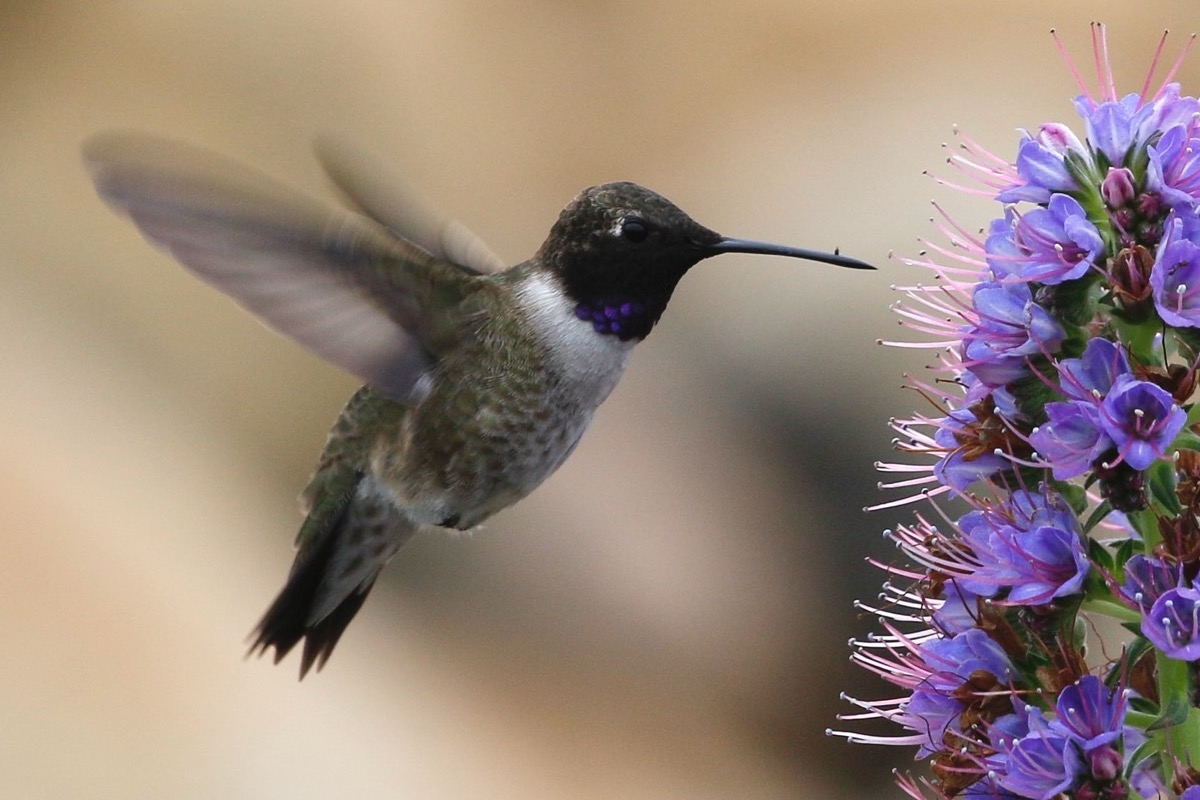

And make us happy in the darting bird
That suddenly above the bees is heard,
The meteor that thrusts in with needle bill,
And off a blossom in mid air stands still.
—Excerpt from “A Prayer in Spring” by Robert Frost
I remember my first hummingbird well. I had just arrived here from Wales and was taken out to do some birding by my host. I hadn’t done my homework and so was ignorant of which birds to expect. Hummingbirds seemed incredibly exotic to me, some vision that you might see in the tropics, and so I was stunned when Paul, my host, casually pointed out a bird and said, “There’s an Anna’s hummingbird.” Hummingbirds! And I was going to live among them.

We are fortunate on the West Coast to have several species of hummingbirds that migrate through our area, and to have a few that live here year-round. Easterners wait ’til spring for hummers to return, and then they are graced by only one species, the ruby-throated.
This has been a good spring for hummingbirds in Santa Barbara. During some springs, hummers can be few and far between, and the reasons for this feast or famine are obscure. Conventional wisdom had it that after wet winters, hummingbirds, streaming into the United States from their wintering grounds in Mexico, would take an inland route, feasting on desert blooms to fuel their journey north. With their fast metabolism, hummers are daytime migrants, refueling frequently as they move. Wet winters just weren’t good for seeing hummingbirds along the coast, or so we thought.
I’ve heard a number of theories as to why there have been so many birds along the coast this spring. It’s been unusually cold inland, pushing the birds to the warmer coast. There weren’t that many plants blooming in the deserts. Many of the mountain ranges where hummingbirds nest have lingering snow, so the hummingbirds stayed along the coast waiting for conditions to improve. This last one sounds plausible, but just how do they know about conditions hundreds of miles away?

Whatever the reasons, we were graced by a good variety of birds in April. Most prized were sightings of the calliope hummingbird, the smallest bird to be found in the United States. Sometimes a spring goes by with no reports of calliopes, but this year there were several. Because of their tiny size, they are bullied by other hummingbirds and chased off prime blossoms. They will often, therefore, remain as inconspicuous as possible, flying in low without calling, and feeding on the same clump of flowers in their desire to remain invisible. They are not one of the most colorful hummers; the male is green above, with a streaked rosy gorget. As with most hummingbirds, the female lacks this colorful throat. By early May, the last of the calliopes departed for mountain meadows as far north as British Columbia.
Particularly abundant this spring was the rufous hummingbird. As the name suggests, the showy male is quite orange on the back and head and has a bright red gorget. These birds don’t stop here but keep moving north to breed from Oregon to Alaska.
A closely related hummingbird, the Allen’s, has become a fairly common year-round resident in Santa Barbara. It used to be that Anna’s was our only resident hummingbird, but the Allen’s, perhaps because of climate change, also finds our area to its liking. The male is very similar to the rufous but has a patch of green on its back. The females of the two species are almost indistinguishable.
Two other species have been seen this spring. The Costa’s hummingbird, the male of which has a long, flared purple gorget, breeds in our local mountains. A few years ago, I found a Costa’s nest along the Santa Ynez River near Red Rock. Lastly, the black-chinned hummingbird is an inconspicuous bird that nests in our local canyons, weaving its nest with down plucked from the underside of sycamore leaves and with spider webs. In past years, bottlebrush trees were the place to look for migrant hummingbirds. This spring, the bottlebrush trees were heavy with blooms, but strangely, they didn’t attract many hummingbirds. The flower of choice instead was the pride of Madeira plants, whose blue conical flower spikes were abuzz with bees and hummers

Hugh Ranson is a member of Santa Barbara Audubon Society, a nonprofit organization that protects area birdlife and habitat and connects people with birds through education, conservation, and science. For more information, see SantaBarbaraAudubon.org.

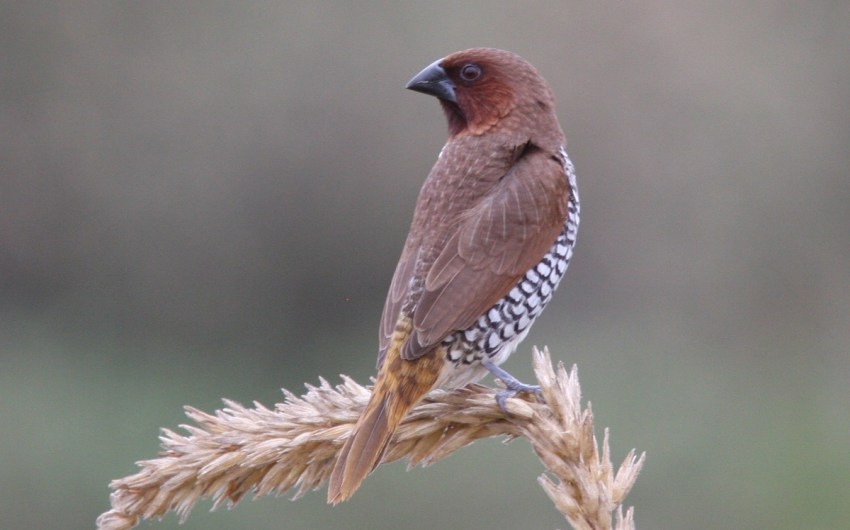
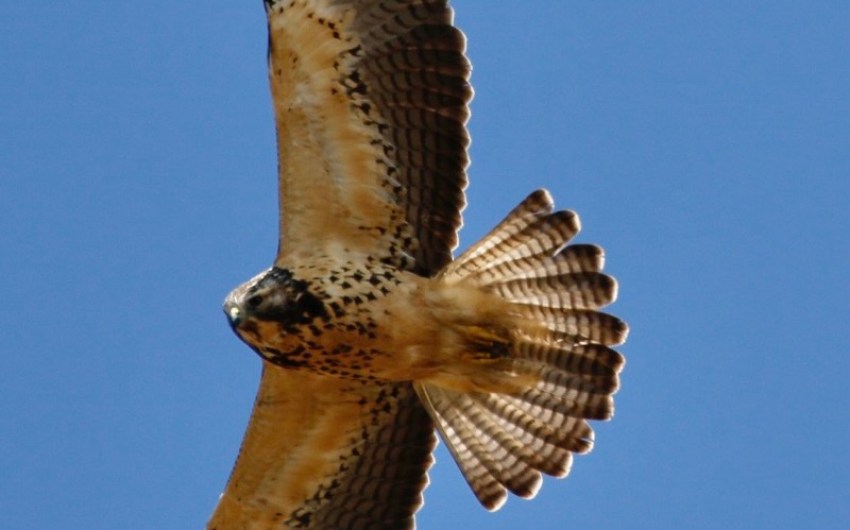
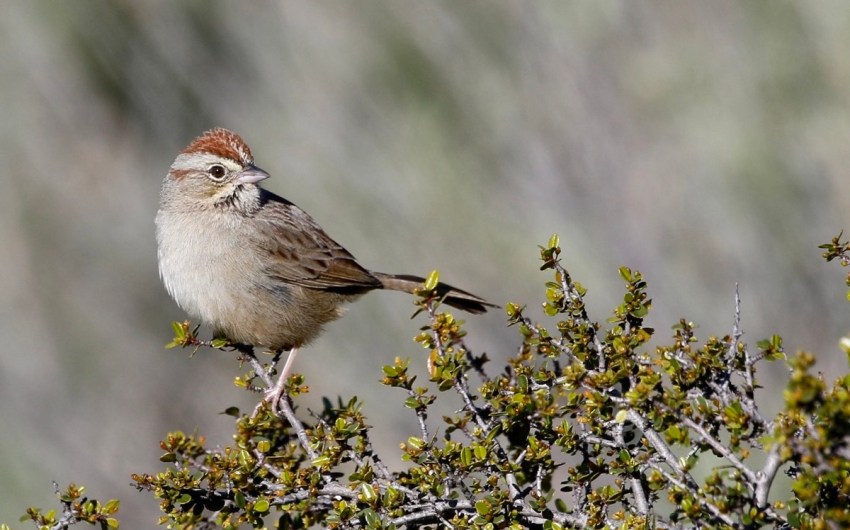
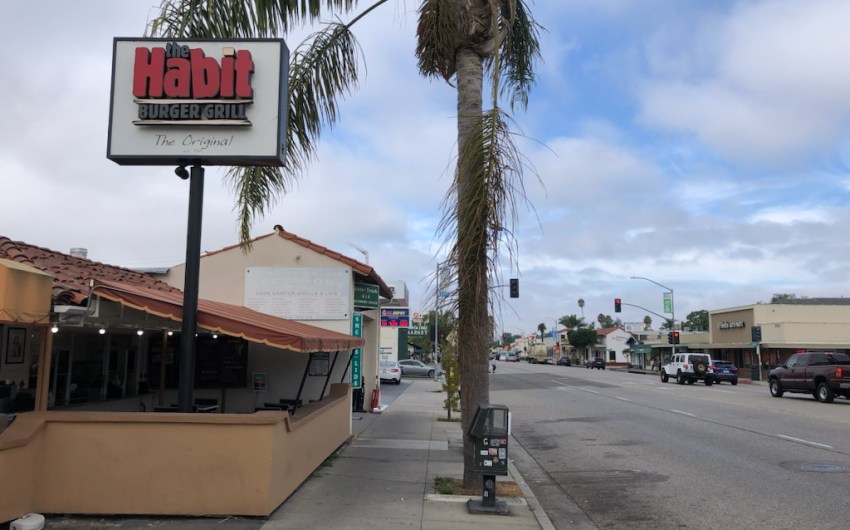



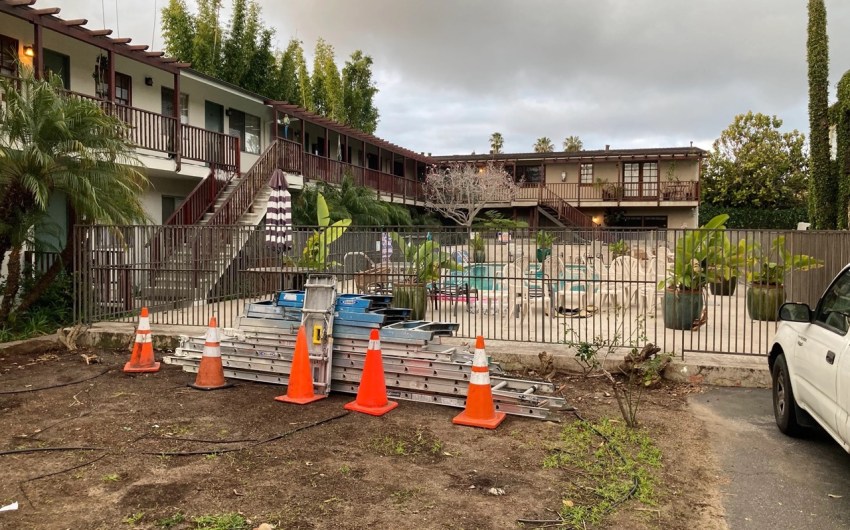




You must be logged in to post a comment.